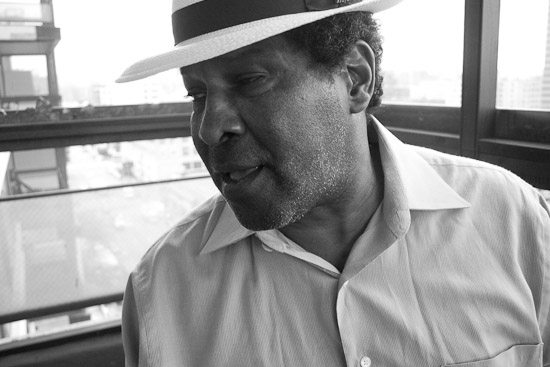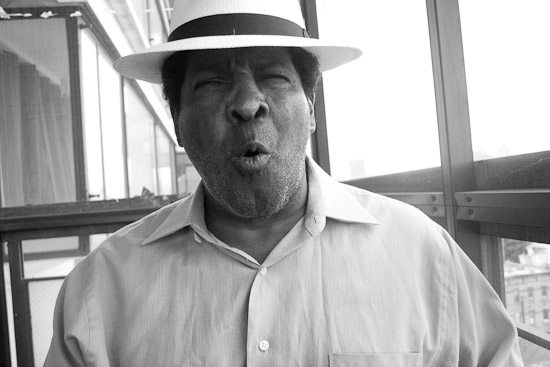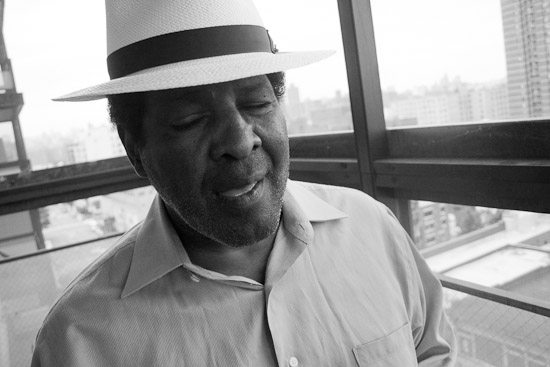Call for Submissions:
‘CLOSURE’ a new anthology
of contemporary Black British fiction

Internationally renowned and award winning novelist and short story writer, Jacob Ross is editing a new anthology of contemporary Black British fiction. The theme for this exciting new anthology is CLOSURE.
We want you to open up the meaning of this word to deliver a story to us.
We want the unexpected, the playful, the experimental — even the traditional.
Don’t allow it to dictate to you. Feel free to add to it — 'dis' it, en(d) it, move for (ward) with it – even have an open-ended closure
This is the situation we want you to take us to:
Essentially we want fascinating ideas expressed as good fiction.
The only definite closure we expect to see with your story is when you deliver it —by 31 July 2013.Only 30 stories will be included so we will not be holding the door to this date open after 31st July. Make sure you own it and close it on this date.
Here are some possible triggers to get you going;
CLOSURE:• approaching a particular destination
• a coming closer
• a narrowing of a gap
• approaching — the act of drawing spatially closer to something
• closure imposed on the debate of specific sections of a bill
• deciding, decision making
• to clear a blockage or obstruction
• a metal block in breech-loading firearms that is withdrawn to insert a cartridge and replaced to close the breech before firing
• obstruction, obstructor, impediment — any thing that makes progress difficult
• the act of blocking
• termination of operations, closedown, shutdown
• the act of ending something
• Enclosure
• Disclosure
• Opening
• End of business
• Point of rest
• Finality
• Vertical distance of rock formation
• Being close set in mathematics
• Contact between vocal organs producing sound
Closure is open to submissions from Black British writers. Our definition is broad. Visit the Peepal Tree Press website or the Inscribe Facebook page for our guidelines, which is simply one of self-identification i.e., if you are a writer ‘of colour’ born, raised, living, or have lived in Britain and ‘self identify’ as Black British, then we welcome your submission.
Guidelines for submissions:
Stories of a minimum 1500 words; maximum 4,000 words
Any style of fiction (no memoir; no poetry)
Writers of any age or gender can submit work
Work must be new, previously unpublished fiction.Deadline for submissions: 31 July 2013
How To Prepare Your Manuscript
• Single-sided A4
• Double spaced
• Wide margins either side
• Name and title on each page of the story
• Font size — 12 point
• Serif font (for example Times New Roman, Cambria or similar)
• No pdf’s
• Printed on white paper only
How to Submit Your Story
Send one hard copy of your story along with one hard copy of your 100 word biography to :Each writer can send a maximum of two stories. (All of the terms, rules and conditions apply to each story).
Closure – Inscribe Anthology
Kadija George
Series Editor, Inscribe/Peepal Tree Press, 17 King’s Ave, Leeds, LS6 1QS
Please note that work will not be returned so please do not send your only copySend one copy by email by 31 July to:
• kadija.inscribe@peepaltreepress.com
• in the subject Line: Closure – Title of Story – Your Name
• do not use headers or footers in the text
(The hard copy can follow but must reach us by 3rd August 2013. Both copies must be the same. If your story is selected we will be using the hard copies to read from and edit. The emailed submission will also serve as a backup.)
Receipt of your story will be acknowledged by (Monday 5th August 2013), once we have received both the emailed story and the hard copy version.
Remember: The final date for submission is 31 July 2013!
The anthology will be published by Peepal Tree Press in Autumn 2014, under their ‘Inscribe’ imprint. Inscribe is the developmental arm of Peepal Tree Press which focuses on publishing chap books and anthologies of groundbreaking new work by writers of African and Asian descent in the UK. Since April, Yorkshire based Inscribe became an organisation with a national remit.
The Closure anthology will consist of new work from established Black British writers residing inside and outside the UK. These include writers who have made Britain their home, as well as the new, fresh and exciting new writers who have recently emerged and will continue to emerge as we work with them around the country.
Note on the editor:
Jacob Ross is the Associate Fiction Editor for Peepal Tree Press, a novelist, short story writer, a tutor of Narrative Craft and the Fiction Editor for SABLE LitMag. He is the author of acclaimed short story collections, Song for Simone (1986) and A Way to Catch the Dust (1999); co-editor of Voice, Memory, Ashes (1998); co-author of Behind the Masquerade: The Story of Notting Hill Carnival (1986); Ridin’ n Risin and Turf - Anthologies of short stories with Andrea Enisuoh. He also edited Artrage, Britain's leading Intercultural Arts magazine.Jacob Ross is a Fellow of the Royal Society of Literature has judged the V.S. Pritchett Memorial Prize, the Tom-Gallon Award and Scott Moncrieff Translation Prize. His first novel, Pynter Bender was a 2008 Book Of The Year - Caribbean Review of Books, Shortlisted Authors Club Best First Novel Award 2009, Shortlisted Commonwealth Writers Prize 2009.
NB: Visit the Inscribe Facebook page to find out when and how to attend a Fiction Masterclass taught by Peepal Tree Press’s Associate Fiction Editor, Jacob Ross. These Masterclasses will be run around the country well before the submission deadline (between October 2012 and June 2013) to enable writers to develop their craft before submitting a story. You are advised to sign-up for the Inscribe mailing list through the Peepal Tree Press website as spaces will be limited and will be filled on a first come, first served basis.
kadija.inscribe@peepaltreepress.com
Find out more about INSCRIBE and what we do for Black & Asian writers in the UK
INSCRIBE, Peepal Tree Press, 17 King's Avenue, Leeds LS6 1QS, United Kingdom
+44 (0)113 2451703






























